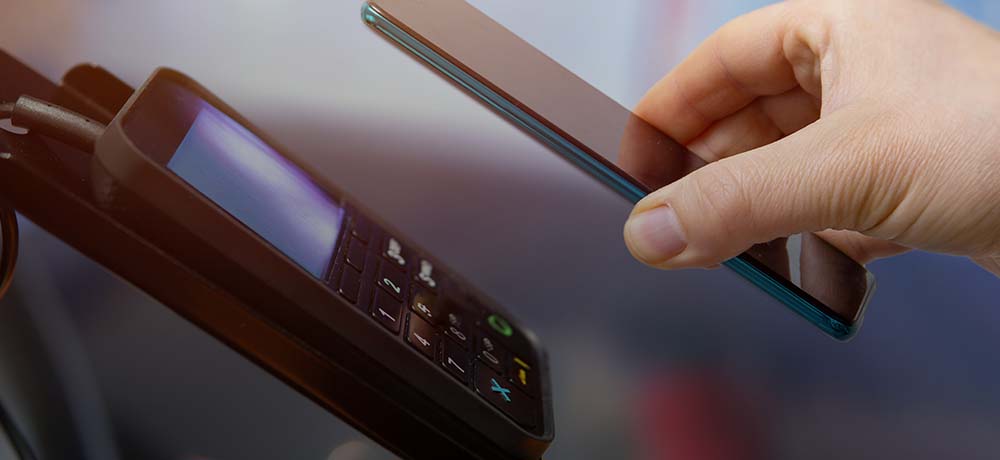Why mobile wallets for EBT?
More than 43 million people in the United States receive food assistance. From SNAP (Supplemental Nutrition Assistance Program) to WIC (Women, Children, and Infants) to school lunch programs and more, the U.S. GAO (General Accountability Office) says the federal government spends roughly $100 billion dollars every year to ensure families in need can purchase healthy food.
To distribute assistance most effectively – as well as mitigate fraud – funds are currently distributed via EBT (Electronic Benefit Transfer) cards. But cards can be easily lost and replacing them can be a major inconvenience for a family in a vulnerable position.
Fortunately, mobile wallets may be able to boost convenience and further streamline the process of distributing benefits.
Why do consumers need an EBT app?
In many states, food assistance recipients initially must visit a local office to apply for a benefits card and, if lost, must return to the local office. If a card is lost outside office hours, a family may have to wait to make vital food purchases.
What if the consumer lives in a place like South Dakota where around 100,000 people get benefits, but there are very few benefits offices so the “local” office may be 50 miles away? How do they get there without a car? Can they afford the gas?
A mobile wallet for EBT eliminates this issue because there is no physical card to replace.
Consumers also can learn to manage their funds more easily with a mobile wallet. They will be able to track what they are spending monthly. They won’t face the frustration of being routed through the IVR (Interactive Voice Recognition) at the call center just to check a balance. They also won’t have to pull out the physical EBT card, which carries a social stigma for many users.
Mobile wallets serve as a new communication vehicle for retailers
Retailers who serve food assistance recipients – the majority of big grocers – will have a vehicle for delivering deals and promotions to SNAP and WIC customers using a mobile wallet. For example, retailers could apply analytics to determine when someone’s benefits will arrive and push messages to customers based on what they typically buy, e.g., a special on milk or baby food.
Mobile wallets for EBT will eliminate card fraud
Currently, EBT fraud occurs when physical cards are sold to dishonest merchants at a discount. Although EBT card fraud is low – between one and two percent, according to the GAO – a mobile wallet virtually eliminates fraud because there is no card to sell.
Loaded into a mobile wallet app, EBT funds are protected using the security features of the user’s smart device. Eliminating the potential for loss, theft and resale, mobile wallets don’t compromise or complicate recipients’ access to these essential benefits.
Consumer convenience is key
Mobile wallets for EBT will support more convenient access to benefits for people who often have accessibility problems and help people optimize the limited funds they receive. Already, two million people who receive food assistance use their mobile devices to check balances, which indicates that there is a large population of potential early adopters for this innovation.
Resources
https://www.jpmorgan.com/merchant-services/insights/the-benefits-of-accepting-ebt-cards
https://www.hostmerchantservices.com/articles/the-benefits-of-accepting-ebt/

